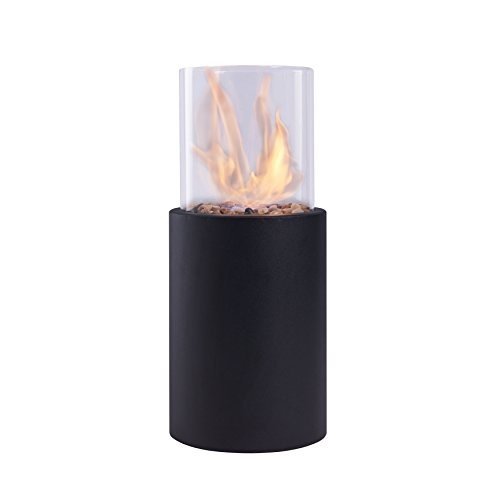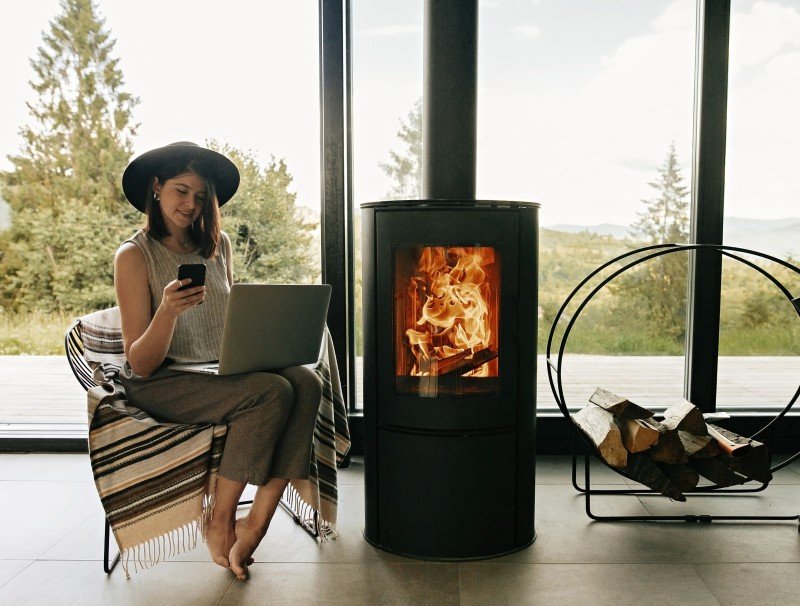fireplace7774
About fireplace7774
See What Fireplaces And Stoves Tricks The Celebs Are Using
The Comprehensive Guide to Fireplaces and Stoves
Fireplaces and stoves have actually been integral to human civilization for centuries, acting as a source of heat, light, and comfort. These appliances can be found in numerous kinds and have evolved throughout the years, accommodating varied preferences and technological developments. This article offers a useful summary of fireplaces and stoves, highlighting their types, advantages, upkeep ideas, and installation considerations.
Kinds of Fireplaces
The world of fireplaces is rich and differed. Here are the most typical types:

Wood-Burning Fireplaces:
- Traditional and lovely.
- Requires experienced wood and regular maintenance.
- Produces an enjoyable aroma and crackling sound.
Gas Fireplaces:
- Offer convenience and ease of usage.
- Readily available in vented and vent-free alternatives.
- More efficient and cleaner than wood-burning options.
Electric Fireplaces:
- Provide ambiance without the requirement for a chimney.
- User-friendly with push-button control alternatives.
- Can be used as a supplemental heat source.
Pellet Stoves:
- Use compressed wood pellets as fuel.
- Extremely efficient and eco-friendly.
- Frequently equipped with thermostats for temperature control.
Ethanol Fireplaces:
- Utilize bioethanol fuel, making them portable.
- Do not need venting, which enables flexible placement.
- Produce a realistic flame with minimal smoke.
Outdoor Fireplaces:
- Designed for outdoor settings; can be wood or gas-burning.
- Great for amusing and enhancing backyard aesthetics.
- Frequently constructed from stone, brick, or metal.
Benefits of Fireplaces and Stoves
Incorporating a fireplace or range into a home uses numerous benefits:
- Aesthetic Appeal: Fireplaces work as striking centerpieces in any room, adding heat and character to home decoration.
- Increased Property Value: Homes with functional fireplaces tend to have greater resale worths.
- Energy Efficiency: Modern fireplaces and stoves are designed to be more energy-efficient, which can cause minimized heating expenses.
- Backup Heating Source: In case of power failures, wood-burning and gas fireplaces can serve as essential heating sources.
- Versatile Heating Solutions: Different types of fireplaces accommodate numerous heating needs and way of lives, from cozy ambiance to efficient heating.
| Type of Fireplace/Stove | Fuel Source | Efficiency Rating | Upkeep Level |
|---|---|---|---|
| Wood-Burning | Wood | Moderate | High |
| Gas | Natural gas/LP | High | Low |
| Electric | Electrical power | High | Extremely Low |
| Pellet | Wood pellets | High | Moderate |
| Ethanol | Bioethanol | Moderate | Low |
| Outdoor | Wood or gas | Moderate | Varies |
Upkeep Tips
Appropriate maintenance extends the life of fireplaces and stoves, ensuring security and efficiency. Here are some essential pointers:
Regular Cleaning:
- Wood-burning fireplaces must be cleaned after a full season of usage to eliminate soot and creosote.
- Gas fireplaces require periodic examination of the burner and vents.
Routine Inspections:
- Have chimney sweeper perform yearly inspections to recognize clogs or structural damage.
- Inspect the seals and gaskets on gas systems to avoid leakages.
Fire Safety:
- Install smoke and carbon monoxide detectors in homes with fireplaces or stoves.
- Keep a fire extinguisher near the fireplace or range for emergency situations.
Usage Quality Fuel:
- For wood-burning systems, always use skilled wood; prevent dealt with or painted wood.
- When utilizing pellets, ensure they are stored appropriately to avoid moisture absorption.
Manage Airflow:
- Keep vents and ducts clear to promote efficient ventilation and airflow.
- Consider utilizing glass doors or screens to lessen particles and ash in the home.
Setup Considerations
Setting up a fireplace or range needs cautious consideration of several aspects:
Location:
- Choose an area that permits correct clearance and ventilation.
- Think about the design of your home and the benefit of natural heat distribution.
Building Regulations and Permits:
- Check regional policies relating to installations and needed permits.
- Engage an expert to guarantee compliance with security standards.
Fuel Type:
- Evaluate your fuel choices based upon availability, cost, and ecological effect.
- If going with gas, guarantee existing gas lines can accommodate the new appliance.
Ventilation:
- Proper venting is vital for security and efficiency, particularly for gas and wood-burning systems.
- Consult an expert to determine the very best venting service.
Aesthetic Consideration:
- Select a style that matches your home’s interior.
- Consider mantels, surround products, and colors that match your decoration.
Frequently asked questions
What is the very best kind of fireplace for heating?
Gas fireplaces are generally more efficient for heating, while wood-burning fireplaces supply more ambient warmth.
How frequently should I clean my fireplace?
Wood-burning fireplaces ought to be cleaned a minimum of when a year, while gas fireplaces need less regular attention depending on use.
Can I set up a fireplace myself?
While some property owners may try DIY setup, it is advised to hire a professional to guarantee safety and compliance with structure codes.
Are electric fireplaces efficient?
Yes, electric fireplaces are extremely efficient and can act as effective extra heating sources, specifically in smaller areas.
What is the life expectancy of a fireplace?
The lifespan of a fireplace varies depending on the material, type, and upkeep; nevertheless, a properly maintained wood-burning fireplace can last over 30 years.
Fireplaces and stoves remain timeless functions in homes, offering warmth and ambiance. Understanding the various types, benefits, and maintenance requirements can assist property owners make notified decisions about setup and care. With cautious preparation and routine upkeep, these home appliances can improve both the comfort and value of a home for many years to come.

No listing found.

